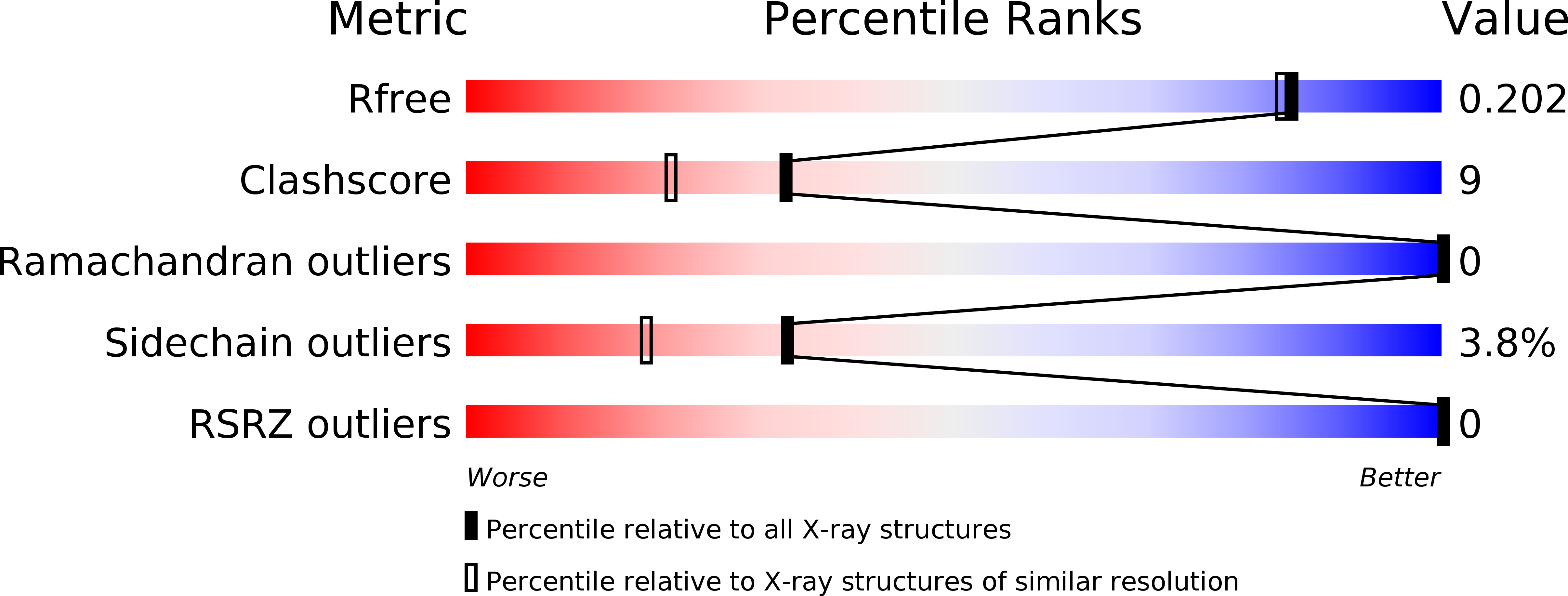
Deposition Date
2012-10-09
Release Date
2013-04-24
Last Version Date
2024-10-16
Entry Detail
PDB ID:
4HHF
Keywords:
Title:
Crystal Structure of chemically synthesized scorpion alpha-toxin OD1
Biological Source:
Source Organism:
Odontobuthus doriae (Taxon ID: 342590)
Method Details:
Experimental Method:
Resolution:
1.80 Å
R-Value Free:
0.20
R-Value Work:
0.18
R-Value Observed:
0.18
Space Group:
P 31 2 1


